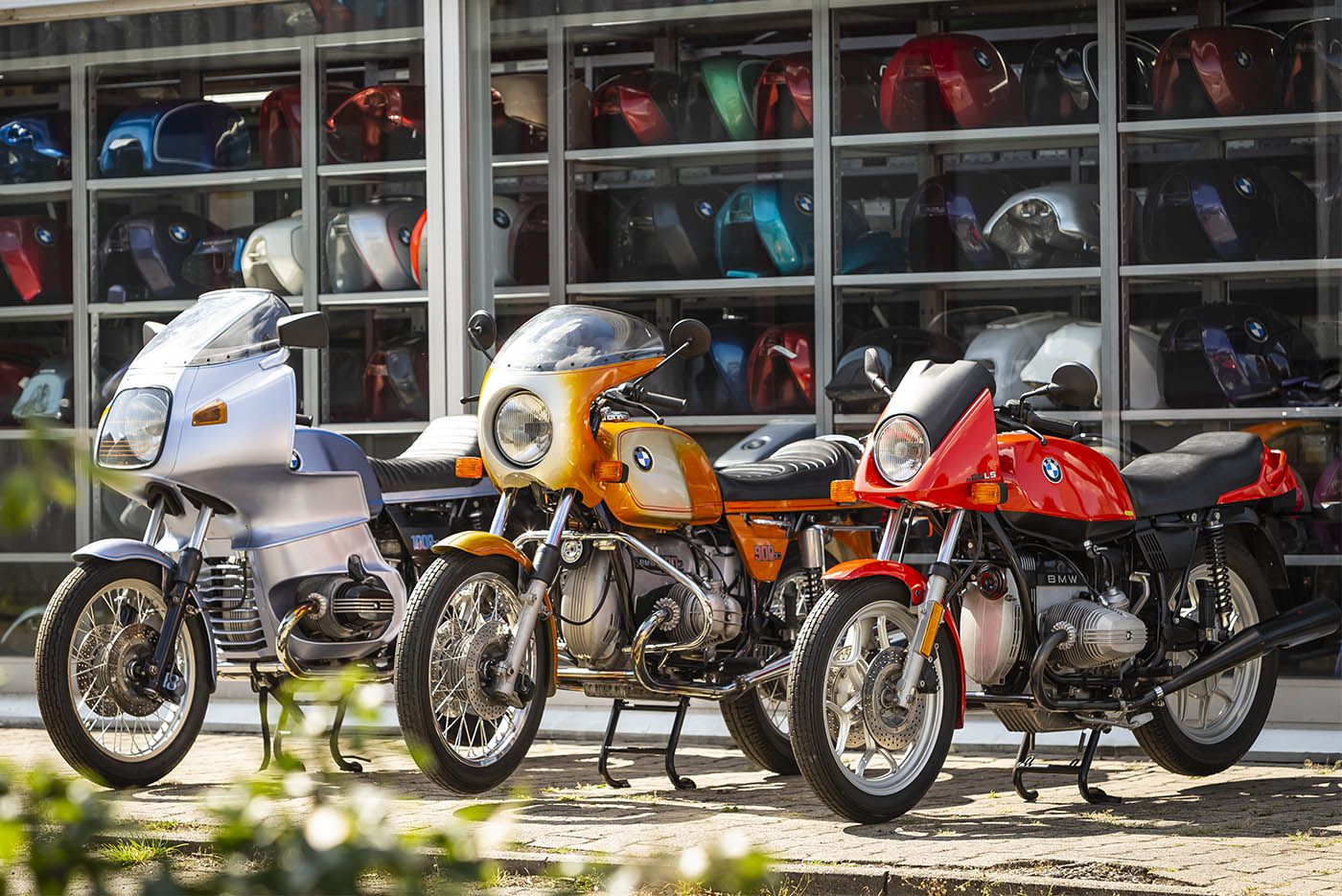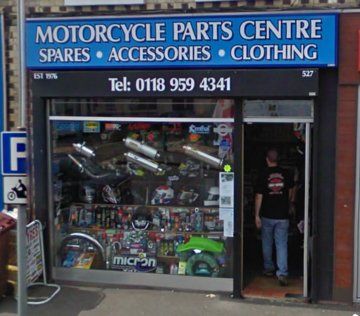Must-Have Motocross Gear: Raise Your Riding Experience Today
Must-Have Motocross Gear: Raise Your Riding Experience Today
Blog Article
Understanding the Crucial Parts of a Motorbike: A Comprehensive Guide for Fanatics
For motorcycle lovers looking to elevate their riding experience and guarantee their bikes run efficiently, understanding the important elements of a motorbike is paramount. Each aspect, from the engine's detailed operations to the important function of the stopping systems, not just affects efficiency however also safety and security and comfort. This guide will go through the fundamental parts that every biker should be acquainted with, enabling informed selections in both upkeep and possible upgrades. As we start this expedition, one must ask: how does each element engage to develop the smooth trip every lover looks for?
Engine Parts

The camshaft plays an important duty in managing the timing of the engine's shutoffs, making sure the specific opening and closing needed for reliable fuel and air consumption, along with exhaust expulsion. This timing is essential to keeping optimum engine efficiency and performance. Additionally, the carburetor or fuel injection system, relying on the bike model, is accountable for mixing air with fuel in the appropriate ratio for combustion.
The air conditioning system, either air or liquid-based, functions to maintain the engine's temperature within operational limitations, stopping getting too hot and ensuring longevity - motorcycle parts nz. Each part, diligently developed and integrated, adds to the smooth operation of the engine, specifying the bike's power outcome and general performance
Transmission System
Essential to the bike's performance, the transmission system makes certain efficient power transfer from the engine to the wheels. This system makes up several essential components, including the clutch, gearbox, and final drive, each playing a crucial role in converting the engine's power into motion. The clutch, normally operated by a hand lever, serves to disengage the engine and engage from the transmission, enabling smooth equipment modifications and controlled acceleration.
The transmission, often referred to as the transmission appropriate, contains a set of gears that motorcyclists can by hand shift via to readjust the bike's rate and torque output. These gears are organized in a sequence that makes it possible for the motorbike to speed up efficiently and preserve optimal engine efficiency across various rates. The majority of motorcycles use a sequential gearbox, requiring the motorcyclist to shift gears in an established order.
Braking Devices
While recognizing the transmission system is vital to harnessing a motorbike's power, equally crucial is the capability to manage and quit that power properly, which is where stopping devices come into play. Brakes are crucial for safety and security and efficiency, supplying the cyclist with the essential control to navigate different surfaces and problems. Typically, motorbikes include 2 kinds of stopping systems: disc brakes and drum brakes.
Disc brakes are much more widespread in contemporary motorbikes as a result of their exceptional efficiency. They consist of a brake disc, caliper, and pads. When activated, the caliper squeezes the brake pads against the spinning disc, converting kinetic power right into heat, consequently reducing the wheel. This system supplies much better heat dissipation, constant performance, and boosted quiting power, especially in damp problems.
On the other hand, drum brakes, though less common, are still discovered in some motorbikes. They work by pressing brake footwear against the internal surface of a drum connected to the wheel. While typically less reliable in warm dissipation and stopping power, drum brakes are simpler and extra cost-efficient.
Recognizing these braking systems' subtleties enables riders to preserve their motorcycles effectively and value the engineering that ensures reliable and risk-free quiting.
Suspension and Guiding
Suspension and guiding systems are vital components that substantially influence a bike's handling and trip convenience. The suspension system, including forks at the front and shock absorbers at the rear, takes in roadway abnormalities, boosting stability and control. Front forks, upside down or commonly telescopic, compress and rebound to minimize effects, while back shock absorbers maintain tire call with the road, important for traction and safety and security.
Guiding, centered around the handlebars, connects the biker to the bike's directional control. The guiding head bearings ensure smooth procedure, enabling exact maneuverability. Appropriate positioning and upkeep of these bearings are crucial for foreseeable guiding feedback and decreasing rider tiredness.
The suspension's adjustability is one more crucial facet; preload, damping, and rebound settings allow customization to match numerous riding designs and problems. This adaptability is crucial for optimizing efficiency, whether navigating metropolitan streets or taking on tough routes. Technologies like visit digital shock absorber supply real-time changes, boosting trip high quality across varied surfaces.

Electric Solutions
After ensuring a smooth and regulated trip via effective suspension and guiding systems, focus turns to the electric systems, an essential aspect of modern-day bikes. These systems play an essential role not only in starting visit this site the engine but also in powering different parts that boost the capability and safety of the motorbike.
At the heart of a bike's electrical system is the battery, which shops electrical energy essential for beginning the engine and powering auxiliary systems - mx gear nz. The generator or generator, combined with the rectifier-regulator, ensures the battery continues to be billed while the motorcycle functions, converting power into electric energy and maintaining voltage levels
The ignition system, an additional crucial component, is accountable for sparking the air-fuel mixture in the engine's cyndrical tubes. Modern motorcycles usually utilize an electronic ignition system, using better effectiveness and integrity compared to typical systems.
Illumination systems, including fronts lights, tail lights, and signs, are likewise crucial, making certain exposure and safety for the cyclist. Additional electronic parts such as sensors, control devices, and presents contribute to innovative attributes like fuel shot management, anti-lock braking systems (ABDOMINAL MUSCLE), and digital dashboards, even more boosting the riding experience.
Final Thought
An extensive understanding of a motorbike's crucial parts, including the engine, transmission system, stopping mechanisms, suspension, guiding, and electrical systems, is vital for enthusiasts intending to optimize comfort, safety, and efficiency. Mastery of these elements allows for notified choices relating to maintenance and upgrades, eventually enhancing the riding experience. By integrating this understanding, cyclists can guarantee their bikes operate at peak efficiency and reliability, thus optimizing both pleasure and long life of their cars.
For motorcycle fanatics looking to elevate their riding experience and ensure their bikes run efficiently, understanding the vital components of a motorbike is paramount.Indispensable to the bike's functionality, the transmission system ensures reliable power click to read transfer from the engine to the wheels.While recognizing the transmission system is crucial to harnessing a motorcycle's power, equally essential is the ability to regulate and stop that power successfully, which is where braking devices come right into play. Generally, motorcycles feature two types of stopping systems: disc brakes and drum brakes.
A complete comprehension of a motorcycle's crucial components, consisting of the engine, transmission system, braking mechanisms, suspension, guiding, and electric systems, is vital for enthusiasts aiming to optimize convenience, safety, and performance.
Report this page